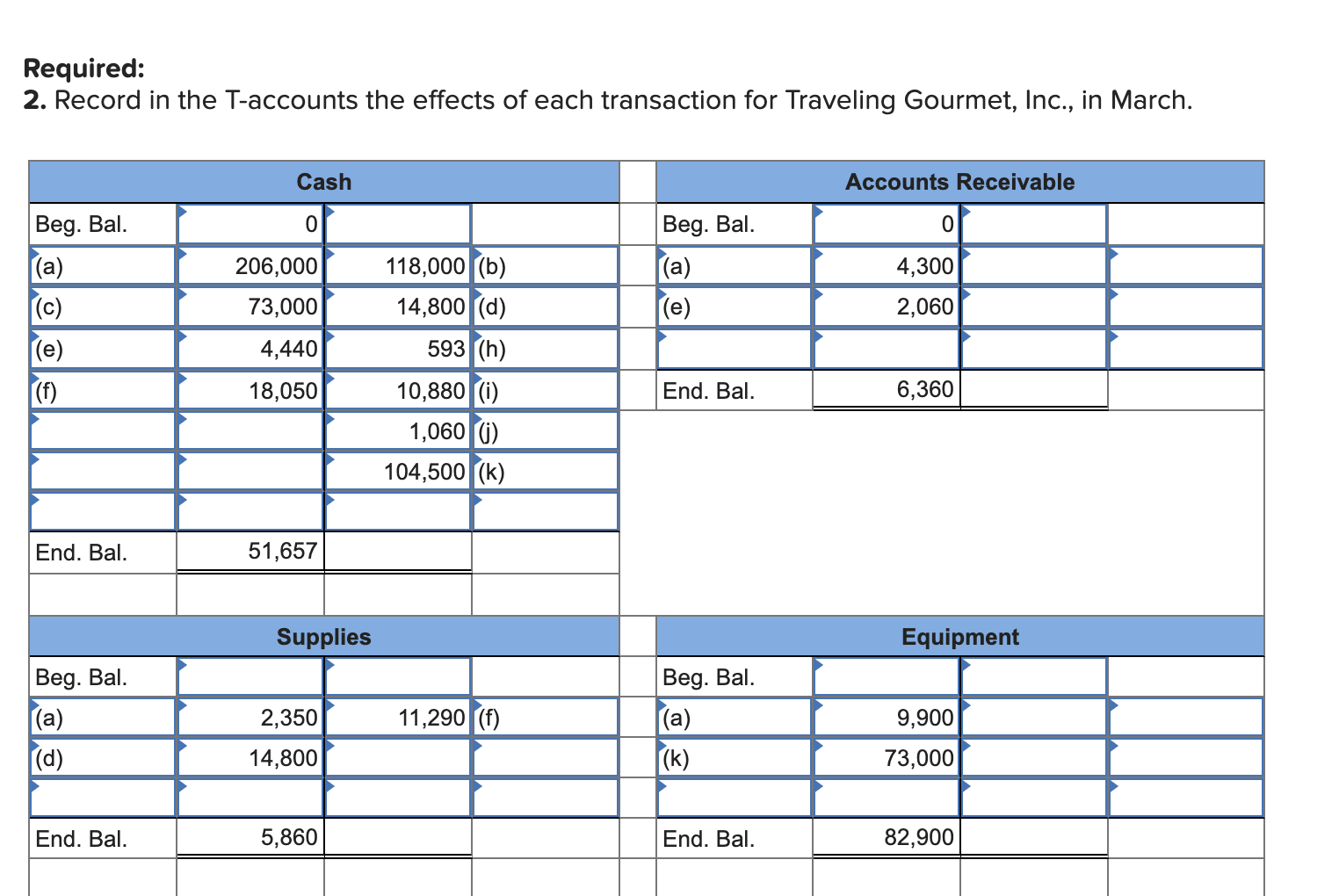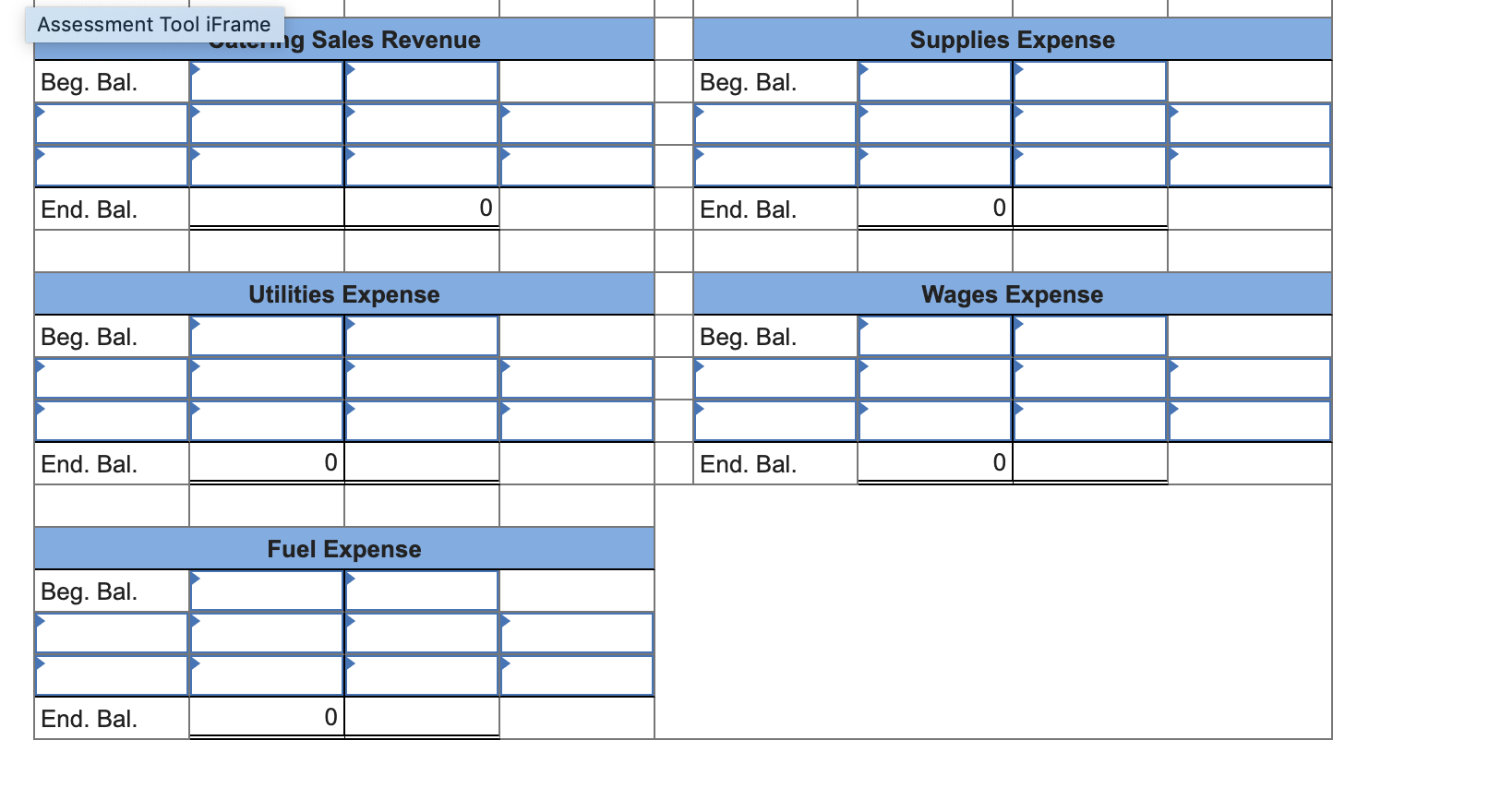Answered step by step
Verified Expert Solution
Question
1 Approved Answer
Lisa Frees and Amelia Ellinger have been operating a catering business for several years. In March, the partners plan to expand by opening a retail
Lisa Frees and Amelia Ellinger have been operating a catering business for several years. In March, the partners plan to expand by opening a retail sales shop. They have decided to form the business as a corporation called Traveling Gourmet, Inc. The following transactions occurred in March:
- Received $103,000 cash from each of the two shareholders to form the corporation, in addition to $4,300 in accounts receivable, $9,900 in equipment, a van (equipment) appraised at a fair value of $17,600, and $2,350 in supplies. Gave the two owners each 960 shares of common stock with a par value of $1 per share.
- Purchased a vacant store for sale in a good location for $590,000, making a $118,000 cash down payment and signing a 10-year mortgage note from a local bank for the rest.
- Borrowed $73,000 from the local bank on a 10 percent, one-year note.
- Purchased food and paper supplies costing $14,800 in March; paid cash.
- Catered four parties in March for $6,500; $2,060 was billed and the rest was received in cash.
- Sold food at the retail store for $18,050 cash; the food and paper supplies used cost $11,290. (Hint: Record the revenue effect separate from the expense effect.)
- Received a $650 telephone bill for March to be paid in April.
- Paid $593 in gas for the van in March.
- Paid $10,880 in wages to employees who worked in March.
- Paid a $530 dividend from the corporation to each owner.
- Purchased $73,000 of equipment (refrigerated display cases, cabinets, tables, and chairs) and renovated and decorated the new store for $31,500 (added to the cost of the building); paid cash.



Step by Step Solution
There are 3 Steps involved in it
Step: 1

Get Instant Access to Expert-Tailored Solutions
See step-by-step solutions with expert insights and AI powered tools for academic success
Step: 2

Step: 3

Ace Your Homework with AI
Get the answers you need in no time with our AI-driven, step-by-step assistance
Get Started


